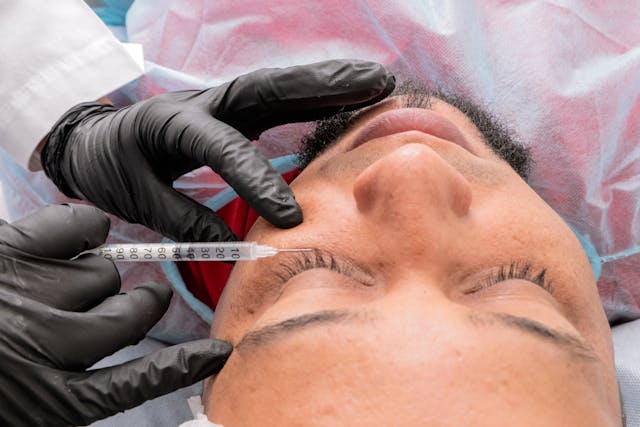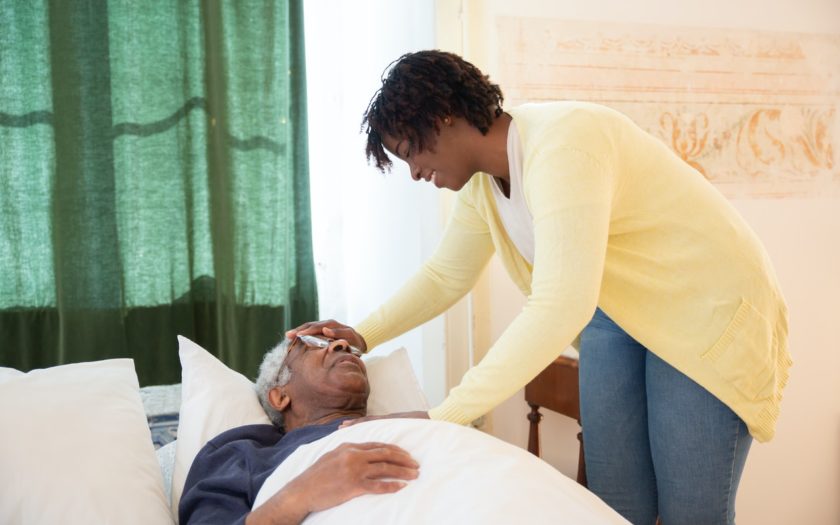Facelifts have become a popular choice for those seeking to turn back the clock on aging. While many people envision smooth skin and a revitalized appearance, it’s essential to dig deeper into the potential downsides of this cosmetic procedure. Beneath the promise of youthful looks lies a range of complications that can arise, often unspoken in glossy brochures or consultations. Understanding these risks is crucial before making any decisions about surgical enhancements. But if you are really eager on getting one, you should check the deep plane facelift in Houston. Now, let’s explore some of the possible complications associated with facelifts so you can make an informed choice for your beauty journey.
Scarring
Scarring is an inevitable aspect of any surgical procedure, including facelifts. While surgeons aim to make incisions in discreet areas, the reality is that scars can be more noticeable than expected. The extent and visibility of scarring depend on several factors. Skin type, healing capacity, and the technique used all play crucial roles. Some patients may heal beautifully with minimal signs of surgery, while others might experience raised or discolored scars. Understanding your body’s unique response to healing can provide insight into potential outcomes. It’s worth discussing scar management options with your surgeon before undergoing the procedure.
Infection
Infection is a risk that comes with any surgical procedure, including facelifts. The skin is cut and manipulated, which can create an entry point for bacteria. Proper aftercare plays a crucial role in minimizing this risk. Following the surgeon’s instructions on cleaning and caring for incisions can help keep infections at bay. Signs of infection may include redness, swelling, or discharge from the surgical site. Patients should be vigilant about these symptoms and contact their healthcare provider if they notice anything unusual.

Hematoma
Hematoma is a potential complication that can occur after facelift surgery. It refers to a localized collection of blood outside the blood vessels, often appearing as a swollen bruise under the skin. This condition usually develops in the first few days post-surgery. Patients might notice swelling or discoloration in areas where surgery was performed. While some degree of bruising is normal, significant hematomas require prompt attention. Treatment may involve draining the accumulated blood to alleviate pressure and promote healing. Patients need to monitor their recovery closely and report any unusual changes to their surgeon immediately.
Nerve Damage
Nerve damage is a potential complication of facelift surgery that can concern many patients. While most surgeries are performed without incident, the risk remains. When nerves are affected during the procedure, it can lead to temporary or permanent changes in sensation. Patients may experience numbness or tingling in areas around their cheeks and jawline. In rare cases, this might also affect muscle control, leading to asymmetry when smiling or speaking. Although these symptoms often improve over time as healing occurs, some individuals may find they persist longer than expected.
Skin Necrosis
Skin necrosis is a rare but serious complication that can occur after facelift surgery. It refers to the death of skin cells due to a lack of blood supply. This condition can arise when tissue is poorly perfused, often due to excessive tension during the procedure. When blood flow is compromised, affected areas may become discolored and painful. In some cases, patients might notice blackened patches on their …
Continue reading




 One of the best things you can do for your body after surgery is to eat plenty of protein-rich foods. Protein helps repair tissue and promote healing. Good protein sources include chicken, fish, eggs, nuts, legumes, and tofu. You should aim to consume at least 20-30 grams of protein for each meal. If you struggle to get enough protein from your diet, you can also supplement with a high-quality protein powder.
One of the best things you can do for your body after surgery is to eat plenty of protein-rich foods. Protein helps repair tissue and promote healing. Good protein sources include chicken, fish, eggs, nuts, legumes, and tofu. You should aim to consume at least 20-30 grams of protein for each meal. If you struggle to get enough protein from your diet, you can also supplement with a high-quality protein powder. Yoga and meditation are two more home remedies that can help you recover from surgery. These mind-body practices can help reduce stress, improve sleep, and promote healing. Studies have shown that yoga and meditation can even help reduce pain. If you’re new to yoga or meditation, plenty of resources are available to get you started. You can find yoga classes at your local gym or community center, or you can even do it at home with the help of an online tutorial.
Yoga and meditation are two more home remedies that can help you recover from surgery. These mind-body practices can help reduce stress, improve sleep, and promote healing. Studies have shown that yoga and meditation can even help reduce pain. If you’re new to yoga or meditation, plenty of resources are available to get you started. You can find yoga classes at your local gym or community center, or you can even do it at home with the help of an online tutorial.